Barbados is home to the green monkey, although it’s not a native species, being introduced from West Africa about 350 years ago. They are all over the island and I never get tired of seeing them. There are a couple of monkey families where we live in the middle of the island and we still both cry “monkey!” when we see them in the morning as they are passing through or visiting our garden to devour our mangoes or tamarinds. The sound of a group of monkeys landing on our roof as they take a short cut over the house to get to the mango tree never gets old for me. To see them run around naturally in the trees around us is a wonderful sight.
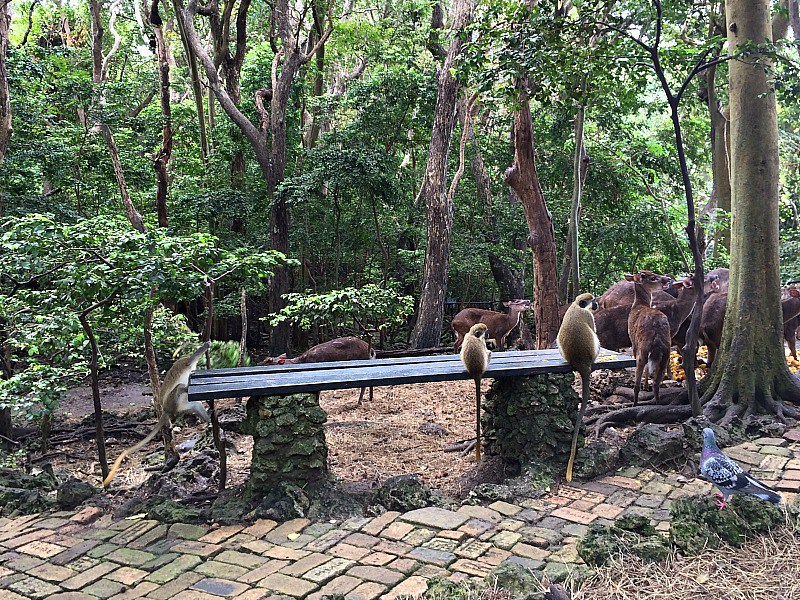
They can be cheeky and I had one make himself very comfortable on our porch whilst he devoured mangos from our tree. I was more fascinated by our cat’s reaction as two of them had never seen a monkey before (being from the UK). The rescue Barbados cat seemed more intrigued though and I had assumed he may have been in contact with them before I snatched him from the bin live he had. Seems not and he was fascinated by them. We now have a young mango tree growing in the front of our house and I know that it is purely because a monkey dropped a mango stone there. Rather cute I think!
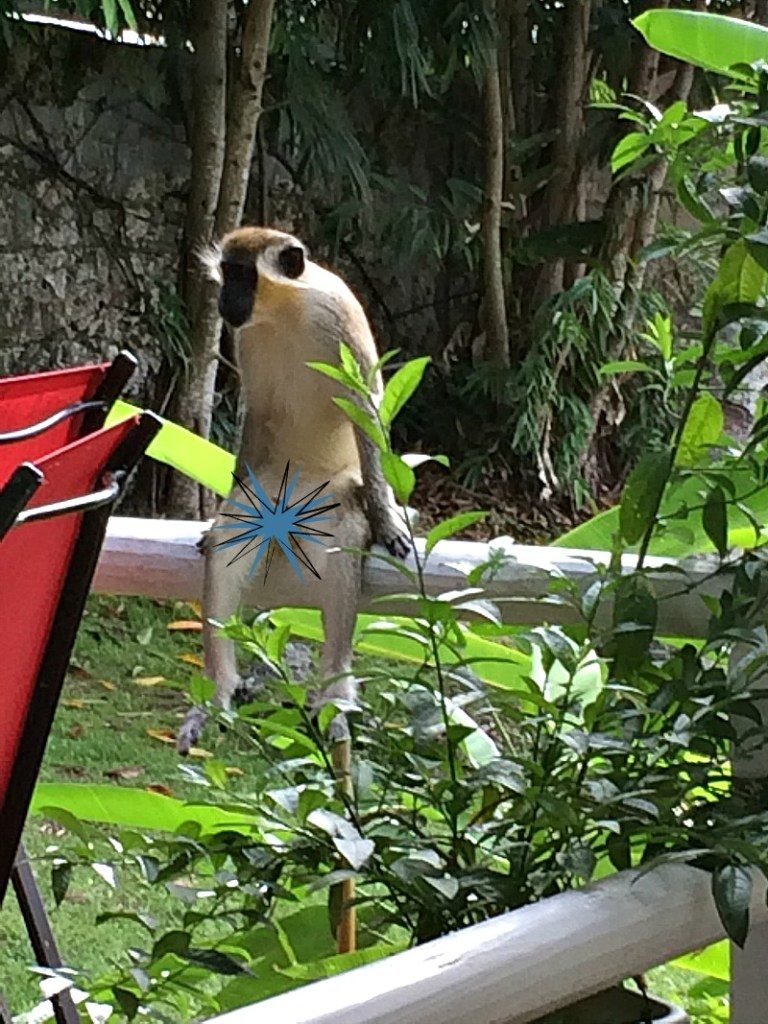
What is horrific is the sight of a monkey tied up and used as a prop for tourists to have photograph’s taken with it. I get angry every time I see this and don’t know who to slap first. The tourist for encouraging this and causing a demand for this mistreatment of a wild animal or the local for thinking that this is a way of living and that there is nothing wrong with this. One particular night when I was out with friends we witnessed a monkey that was tied up to a fence whilst the “owner” went to the bar for the evening. The animal was so distressed and nearly hung itself as it tried to break free. Cue a big argument from me. Sadly, upon deaf ears! A side of Barbados that you won’t see in the brochures or on Trip Advisor! Especially as there is often a cry to cull the monkey population from farmers. The monkeys also used to be shipped out for medical research and currently there is still in place the bounty on their tails with about $5 for each monkey tail presented as proof of the kill. It’s a horrific thought that crosses my mind every time I see the families of monkeys with their young where we live. The disregard and inhumane regard to animals on this rock is just shocking.
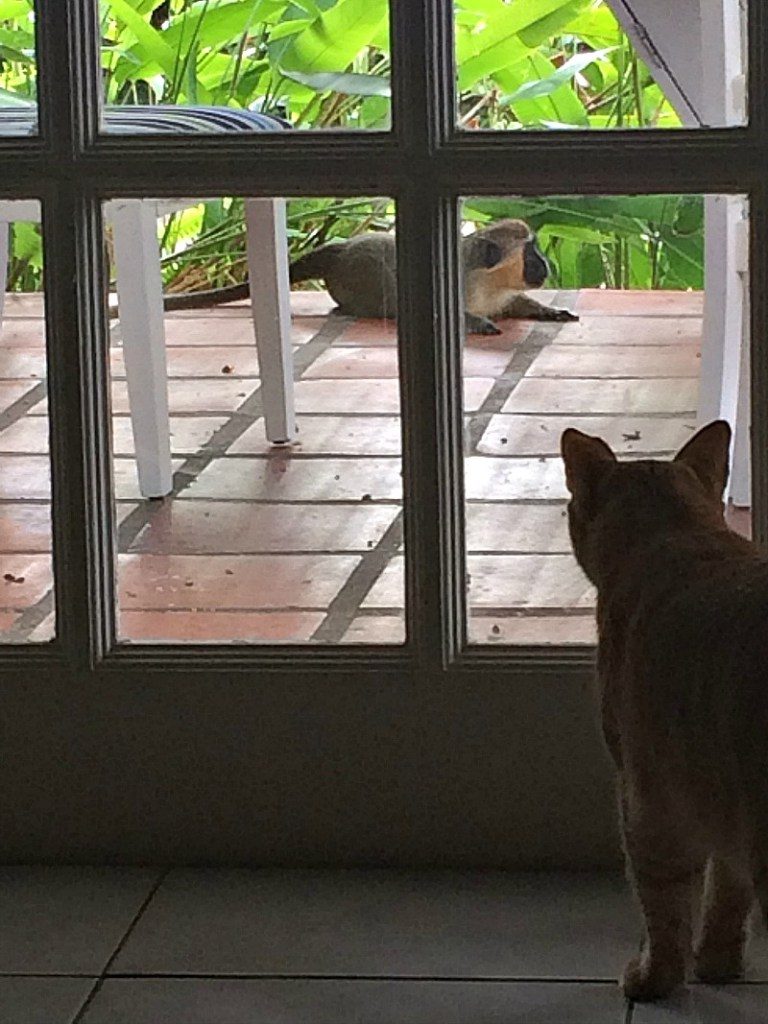
Dear tourists, there is an wildlife reserve at the north of the island where you can witness monkeys being fed. If you want to see a monkey please go there and do not encourage the horrid trade of monkeys tied up to a person on the south coast!

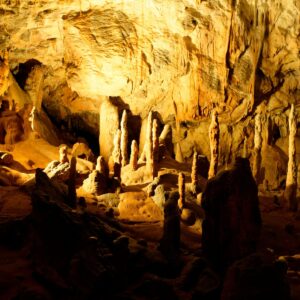
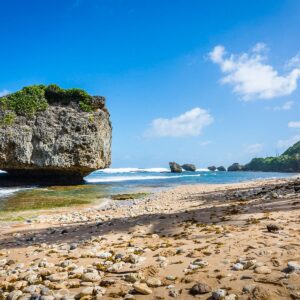
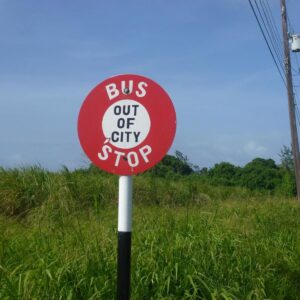
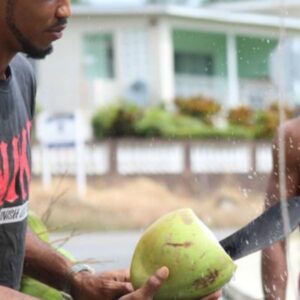
Leave a Reply